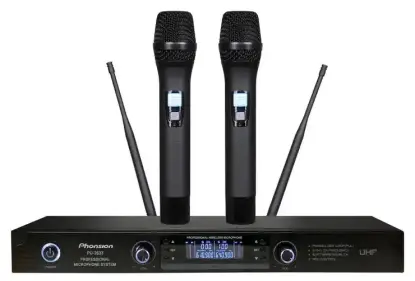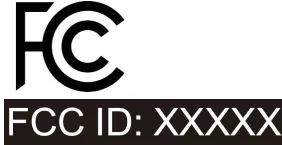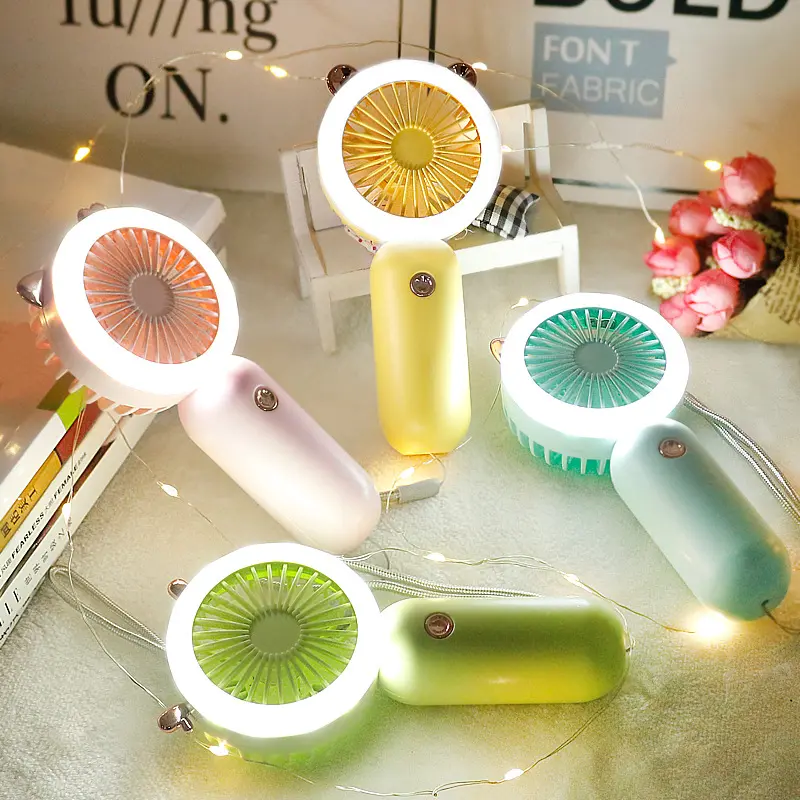
What does RoHS certification mean?
If you want to design and sell products to global customers, especially electronic products, you must comply with relevant regulations. Even if you only plan to sell in the United States, you may need to consider regulations such as the European RoHS.
What is RoHS?
RoHS (Restriction of Hazardous Substances) is a directive issued by the European Union in 2006, aimed at limiting the use of certain hazardous substances in electrical and electronic equipment.
The directive prohibits the use of the following 10 substances:
- Lead
- Mercury
- Cadmium
- Hexavalent chromium
- Polybrominated biphenyls
- Polybrominated diphenyl ethers
- Di(2-ethylhexyl) phthalate
- Butyl benzyl phthalate
- Dibutyl phthalate
- Diisobutyl phthalate
These substances may appear in products like household appliances, computers, and medical devices. If they exceed the specified limits, the product may be prohibited from being sold.
ROHS certification is represented by the CE mark, which indicates that the product meets the EU's safety and environmental standards.
Does the RoHS directive only apply to the EU?
The RoHS directive primarily applies to the EU, but some U.S. states (such as California and New York) have also implemented similar regulations that restrict the use of certain controlled substances.
In addition, countries such as Japan, China, India, and Singapore have also established related regulations based on RoHS standards.
If your product meets the EU's RoHS standards, it is likely already close to meeting the requirements of other countries.
Currently, seven substances are being considered for addition to the restricted list, including beryllium, cobalt, nickel, and others.
How to comply with RoHS?
If you are a manufacturer or distributor of electrical or electronic products and wish to sell to the EU market, you must ensure that your products do not contain prohibited substances, or that their content does not exceed the specified limits.
You need to self-certify and submit a declaration of conformity to confirm that your product complies with RoHS requirements. At the same time, ensure that your supply chain partners also comply with these regulations.
EU member states may conduct random checks, and if your product does not meet the requirements, you may be asked to provide due diligence documentation.
The impact of the CE mark
The CE mark indicates that a product complies with the EU's safety, health, and environmental requirements. Only electrical or electronic products that meet RoHS requirements are eligible for the CE mark.
The CE mark on a product certifies that it meets RoHS standards.
There are many regulations in the global market, and when designing and selling electronic products, various standards must be followed. Even if you are not selling to the EU, it is still a wise choice to comply with the RoHS directive.
Global marketing requires companies to use components, manufacturing processes, and supply chain organizations that meet modern standards. The RoHS directive is an example of how regulations set by a single economic entity can affect the global market.
Email:hello@jjrlab.com
Write your message here and send it to us
 Wireless Microphone Export Certification
Wireless Microphone Export Certification
 Audio-Visual Products SNI Certification in Indones
Audio-Visual Products SNI Certification in Indones
 FCC-ID: Still Needed if Module is Certified?
FCC-ID: Still Needed if Module is Certified?
 FCC Certification Fees for Handheld Fans
FCC Certification Fees for Handheld Fans
 FCC Certification Testing for Smart Lighting Produ
FCC Certification Testing for Smart Lighting Produ
 What is the ETSI EN 303 645 Testing Standard?
What is the ETSI EN 303 645 Testing Standard?
 UL Compliance and ETL Certification for LED Lighti
UL Compliance and ETL Certification for LED Lighti
 What is the IEC 60598 Standard?
What is the IEC 60598 Standard?
Leave us a message
24-hour online customer service at any time to respond, so that you worry!




